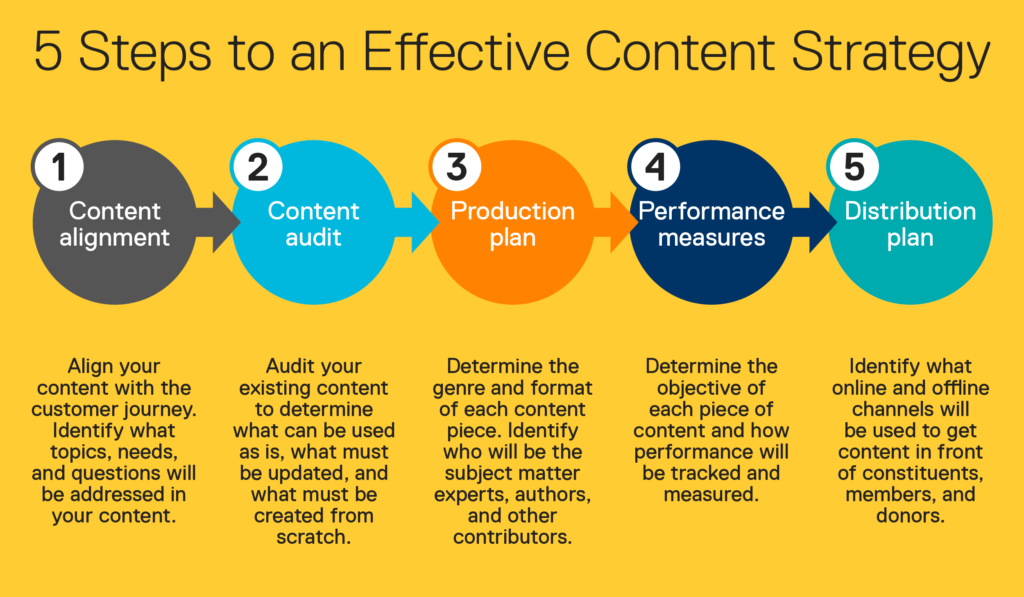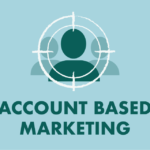Of course, Intent Data benefits the sales, customerexperience, and account management teams with valuable insights. As already discussed, Intent Data improves your approach for outbound sales or cold calling as you’re already aware of the prospects’ pain points and requirements. Personalization is the future of phones and social selling.
With Intent Data, you get an overview of the topics that your existing customers and prospects are interested in. This means that you can pitch in supplemental offers or premium packages when you know your potential customer’s specific requirements.
With Intent Data, you can recognize where the individual stands in the customer journey. It’s pretty helpful in account prioritization and leads scoring, and you’ll be able to determine who is closer to making a purchase and target these prospects proactively before the competitors!
What Are Sales Trigger Events?
If you’re searching for different methods to recognize buying intent, you can’t miss the concept of Sales Triggers. Similar to Intent Data, these provide insights into specific sales opportunities. But to use them both in the right way, it’s necessary to know the difference. Let’s take a look at what exactly Sales Triggers are!
Sales Trigger Events are events that occur with existing clients or prospects. You might have heard about them in social media posts and sometimes from personal conversations on TV shows. Sales Trigger Events are generally events that are part of a company’s daily routine. This includes a Sales fair visit, the change of people in high-ranking positions, or even relocating to a new building.
It completely depends on you to decide which Trigger Events are relevant for you – this differs from company to company and audience to audience. Let’s assume you are an IT service provider, and you might be interested in corporate relocations. As the name insinuates, the event immediately “triggers” a sales opportunity because you can offer to set up the new IT infrastructure for newly relocated firms.
However, you play an active part here in recognizing the sales opportunity and offering your service to the firm moving. At this point, the firm is not even aware that it needs you! Sales Triggers not only give you an upper hand over the interested party but also possible competitors.
Unlike Sales Trigger, you get Intent Data only when the prospects make a move, take action, search for keywords or browse through your website. The concept behind Intent Data is you learn more about prospects and generate valuable insights. However, it completely depends on prospects to reveal what they are looking for and what they want to get accurate Intent Data.
With Sales Trigger Events, you get a significant advantage and score with speed and relevance, making it really helpful in sales when you want to close the deal quickly. With Intent Data, the prospect has an advantage, and you use this chance to learn more about them and gain targeted information or long-term insights. Therefore, Intent Data is usually more in demand when it comes to marketing.
Some Samples of Intent Data
Like already discussed, there are different sorts of Intent Data. It usually depends on the nature and origin of Intent Data. Here are four such examples, let’s take a look at each one briefly:
Website Visits
A potential prospect browses through your website. They click on your home page, click on various product pages, reads something from the resources, leave several impressions and then bounce back. This is Anonymous First-Party Intent Data. There are several tools available in the market to track the visitor’s IP address and decipher what they might be looking for.
Whitepaper Downloads
A prospect visits your resource section, reads two blogs on the same topic, and then downloads a whitepaper on Account-Based Marketing. This is Known First-Party Intent Data. You’re aware of what topics visitor is interesting in, and you’ve got their details.
Page Visits to Another Website
For instance, you’ve developed HR management software. The prospect is looking for HR software and visits others websites, let’s say your competitors’ website, and browse.
This is Anonymous or Unknown Third Party Intent Data: Third-party vendors usually collaborate with websites that reveal to them who visited their website. If you buy Intent Data from these third-party vendors, you’ll learn who is reading about your topic on other websites.
Interaction on Other Websites
A prospect is on a comparison platform such as G2 and compares your software, product, or service with other competitors. G2 can reveal which company is behind it and is currently in the decision-making process.
This is Known Third-Party Intent Data. Here, you can recognize who is visiting other websites and also who is interacting with other websites.
Conclusion
Intent Data, in general, like all other data, is not impeccable. If you’re solely using Intent Data to interact with the customer journey to get as many buyers as possible, then don’t! You should use Intent Data to expand the cross-enterprise strategies so that you support both prospects and customers in the best possible manner at each stage. Otherwise, you will miss the train of opportunities!
While we are speaking of opportunities: If you don’t use Intent Data, whether it’s First-Party or Third-Party, you are missing out a lot! You are missing out on learning about your target audience, leads, and existing clients. Learn about your prospects, understand them, and use Intent Data to convince them to buy your product.
Most importantly, don’t grope in the dark for longer! With Intent Data, you easily determine what your prospects and existing clients want and when they want it; you no longer have to waste your time looking for these answers and deliver them what they want.





